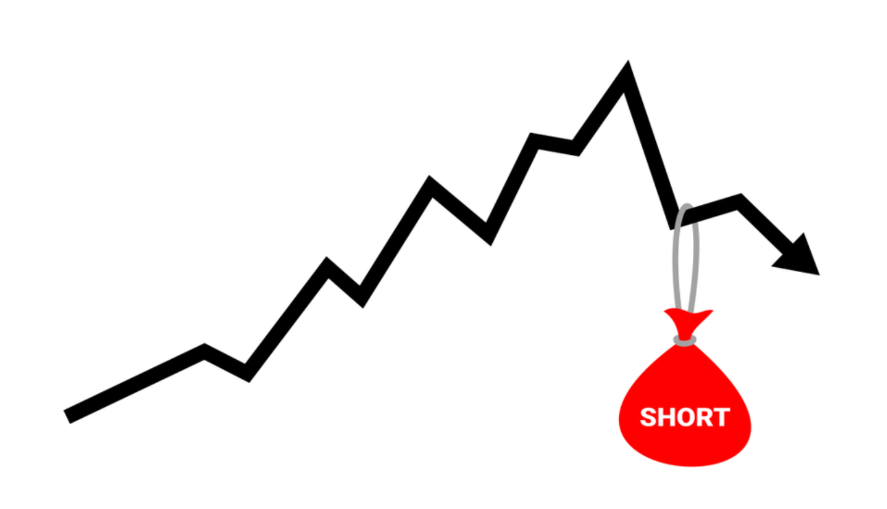Two days ago, I briefly outlined how I went 3-for-3 on PROG.
Today, I will take a closer look at these trades from a technical standpoint and show you exactly how I was successful across these three trades.
Every so often, I find myself tuned into a stock.
Every stock has its own personality and character. By this, I mean that each stock trades a certain way.
The immediate price action combined with the stock’s higher time frame chart can often paint a quick picture of how the stock has traded in the past and currently trades.
If I combine technical analysis with price action and screen time, I can often get a clear view of how the stock trades and what type of personality it has.
This was the case with Progenity (PROG).
Progenity (PROG)
PROG, according to Yahoo, is a biotechnology company that provides, develops, and commercializes molecular testing products in the United States.
Year to date, the stock is down 24.86%; however, the stock is impressively up 342% on the month so far.
Market Cap: 485.42M
Shares Outstanding: 63.94M
Average Volume: 54.2M
ATR: 0.49
The First Trade (entry and exit highlighted in yellow)
Having traded in a downtrend since the beginning of the year, shares of PROG formed a base and consolidation between $0.90 and $1.10.
On September 29th, the stock experienced an increase in volume and shares looked to be breaking out of the consolidation. The move, with increased volume and range expansion, signaled a trend reversal to me.
I purchased the stock at $1.069, near the high of the day, and looked for momentum to the upside.
The high of the consolidation, which was significant resistance, stood at $1.25. Therefore, this critical level would be a natural profit target for me.
The following day the stock gapped sharply higher into my profit area, and therefore I closed the position at $1.262.
The Second Trade (entry and exit highlighted in blue)
The second trade was a natural follow-on from the first trade. Once the stock confirmed the trend reversal, I looked for levels to be respected and momentum to continue to the upside.
Following the first trade, two key levels then stood out to me. Firstly, $1.25, which was previously resistance, needed to firm up and act as support going forward.
If that proved to be the case, then I believed that the stock could trade higher. Secondly, the gap-fill level at $1.49 would now be the next significant level of resistance.
With those levels in mind, and now being familiar with the stock’s price action, I was able to place the second trade.
I bought the stock at $1.279 on October 5th, after it found support at previous resistance.
I sold the stock on October 11th at $1.455 into the gap fill area.
The Third Trade (entry and exit highlighted in red)
The third trade was one of my favorite technical patterns, the higher high and higher low pattern.
Notice how the stock formed a clean uptrend once the stock was able to hold above $2. The breakout above $2, after the four-day consolidation, marked the second higher high and low on the daily chart.
I saw the opportunity to take advantage of this trend and pattern when the stock pulled into the uptrend’s support on October 22nd.
I entered the trade at $2.862 and later sold my long in two stages for an average of $3.339. I sold the stock as it approached the resistance of the upward channel.





